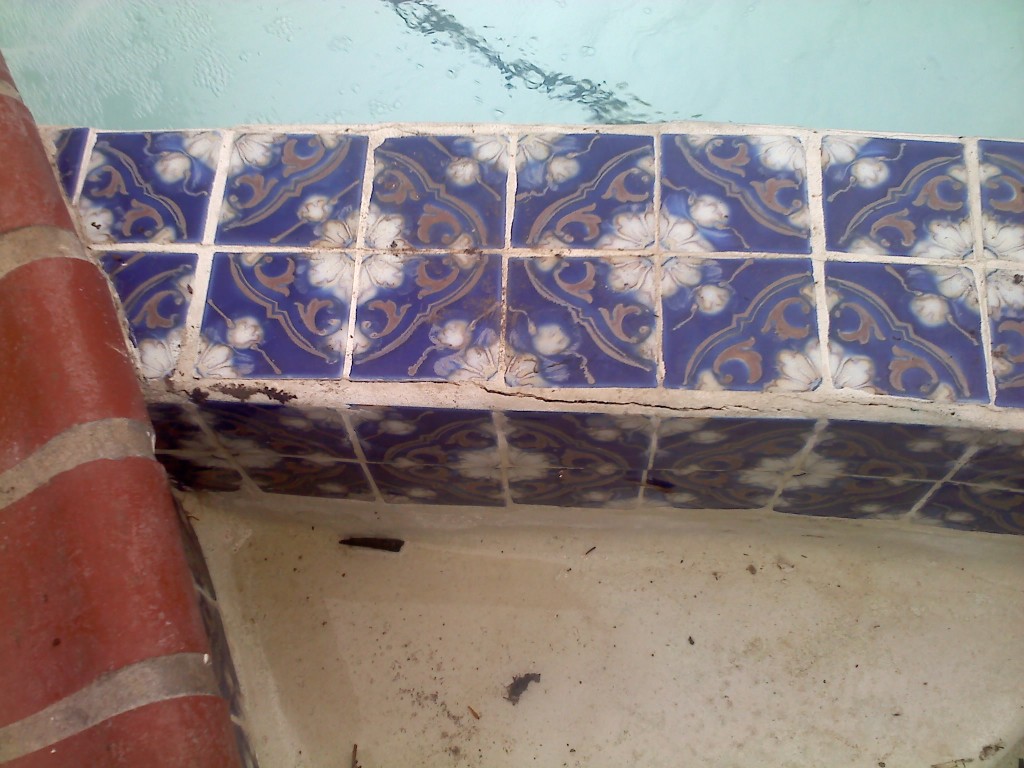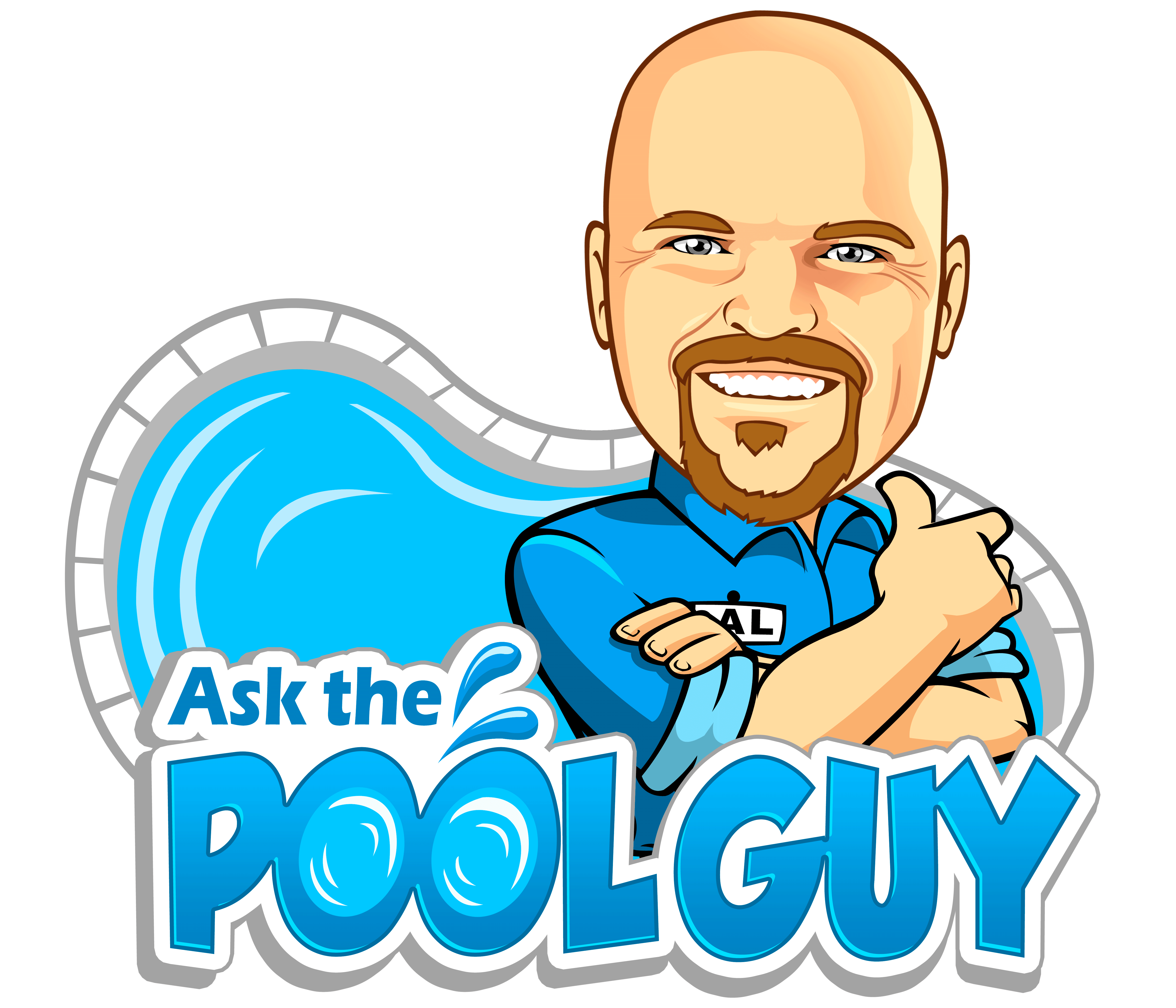Many homeowners find themselves overwhelmed when it comes to choosing the best sanitization system for their pool. Unfortunately, there is easy solution to this question. Each sanitization system has pros and cons, and some work better in other pools than others. Therefore, we recommend you consider various options when choosing the best for your pool and lifestyle. We will look at five popular sanitization systems for swimming pools and discuss the pros and cons of each.
Chlorine
Chlorine has traditionally been the most popular and widespread form of pool sanitization. Chlorine works by killing bacteria through a simple chemical reaction. Simply put, the chlorine breaks down into hypochlorous acid and hypochlorite ions. These then oxidize the bacteria until they are all neutralized or essentially destroyed.
Pros of Chlorine
- Chlorine is able to be stored for long periods of time due to its long half-life.
- People can by chlorine in many different forms such as solid, liquid, or gas.
- Chlorine has a residual effect on your pool water. It initially kills bacteria and neutralizes contaminants and it continues to do this long afterward.
Cons of Chlorine
- Some byproducts of chlorine are called ‘chloramines and trihalomethans’. These can cause skin and eye irritation to swimmers.
- Chlorine dissipates very quickly. After being added to a swimming pool, it must be regularly tested and maintained because of this fact.
- The byproducts of chlorine have been associated with a number of various health issues. Some of these include respiratory problems.
Salt Chlorine
Salt chlorinators have become a very popular solution to chlorine sanitizers. These sanitizers use a chemical process called electrolysis. Salt chlorine generators generate chlorine for your swimming pool through this process. The bacteria is then killed and the water is sanitized. The huge benefit of salt chlorine generators is they have the ability to regenerate themselves. After the hypochlorous acid sanitizes the pool water, it changed back to salt, and then the process repeats itself.
Pros of Salt Chlorine Sanitization
- The chlorine generated from a salt chlorine generator is so concentrated when it is produced inside the salt cell that the pool water gets superchlorinated when it passes through the energized cell. This superchlorination process helps combat the buildup of chloramines.
- Swimmers typically experiences less skin and eye irritations with this type of sanitization rather than traditional chlorine sanitizers.
Cons of Salt Chlorine Sanitization
- Salt chlorine generators can be costly. They typically run between $300-$10,000 to purchase.
- The actual salt cell itself, inside the generator, usually cost between $900-$1,500 and must be replaced every three to five years. However, during this time you will most likely never need to purchase chlorine.
- If your pool experiences excessive salt concentration, it can be corrosive and damage handrails, lighting systems, pool liners, or other swimming pool equipment. It is also known to damage swimming pool decks.

Bromine
When it comes to the swimming pool sanitization process, Bromine is very similar to Chlorine. When chlorine reacts with the bacteria and other contaminants in the pool water, chloramine is formed. In the same way when bromine reacts with the contaminants in the swimming pool, bromamine is formed. While these two chemicals are similar, their processes are different. Chloramines offer no real benefit to pool water. Bromamine retains the sanitizing characteristics of bromine. For this reason, there are many pool owners today who are choosing to use bromine rather than chlorine for the pool sanitization.
Pros of Bromine Sanitization
- Bromine is more stable than chlorine sanitizers and especially in warm water- this makes it ideal for indoor swimming pools or spas.
- The smell of bromine if far less pungent and noticeable as chlorine.
- Because bromine continues to work even after it combines with your pool’s contaminants, it sanitizers for longer periods of time than chlorine.
Cons of Bromine Sanitization
- Bromine is more expensive sanitizer than chlorine and salt.
- Bromine is a weak oxidizer
- The smell of bromine is less noticeable than the smell of chlorine, but it is much hard to get rid of once it’s there.
Ozone
Ozone is a very strong sanitizer. It is unstable and an inorganic gas is created when free oxygen atoms collide with oxygen molecules. Ozone is manufactured by subjecting the oxygen molecules to a high-voltage ionization process or, sometimes, to an ultraviolet radiation. The most common thing is for ozone generators to utilize the high-voltage ionization process because this gives a much higher concentration of ozone.
Pros of Ozone Sanitization
- Like stated above, ozone is a very strong sanitizer and oxidizer. It is around 100x stronger than chlorine.
- Ozone sanitation reduces the need for pool maintenance because it breaks down filter-clogging contaminants such as grease and oils.
- Ozone is beneficial because it has no effect on pH levels of swimming pools. Therefore, ozone pools require much less pH adjustment. This equals less chemical usage.
Cons of Ozone Sanitization
- Ozone has a fairly short half-life. Therefore, it must be used soon after it is produced. It is only effective as it mixes with the water in the return line. After returned to the pool, the ozone is released back to the atmosphere.
- Ozone sanitization is not a sufficient method for most swimming pools. It cannot eliminate all contaminants and bacteria. However, comparatively speaking, ozone is compatible with chlorine and bromine.
- Ozone gas can be harmful in high concentrations, therefore it is important to be careful.
Ionizers
Ionizers work by releasing ions of copper and hard metals into pool water. The ionizers therefore kill bacteria by exposing them to these ions. First ion is an electric ionizer. This uses electricity to charge the metals until they release the ions. The second ion is a mineral cartridge ionizer. This uses the water flow through a mineral packet to steadily release the metal ions.
Pros of Ion Sanitization
- Ionizers are one of the least expensive forms of swimming pool sanitization. The electrode components of ionizers usually last three to five years. They are inexpensive to replace.
- Ionizers reduce the need for many of the typical swimming pool chemicals. Although, some will still be needed.
The metal ions produced by ionizers, unlike chlorine, do not negatively affect swimming pool equipment. Therefore, the equipment in ionized swimming pools usually lasts longer.
Cons of Ion Sanitization
- Ionizers do not oxidize pool water.
- The metal ions take several hours to start fighting contaminants in your pool because they are slow-acting.
- Some chlorine will still be needed in combination with ionizers because they cannot sufficiently sanitize swimming pools alone.
- Copper staining can occur if pH levels are not maintained within a certain range.
Still unsure which sanitizer would work best for you and your family? Call us at Ask the Pool Guy and we can come take a look at your pool!
